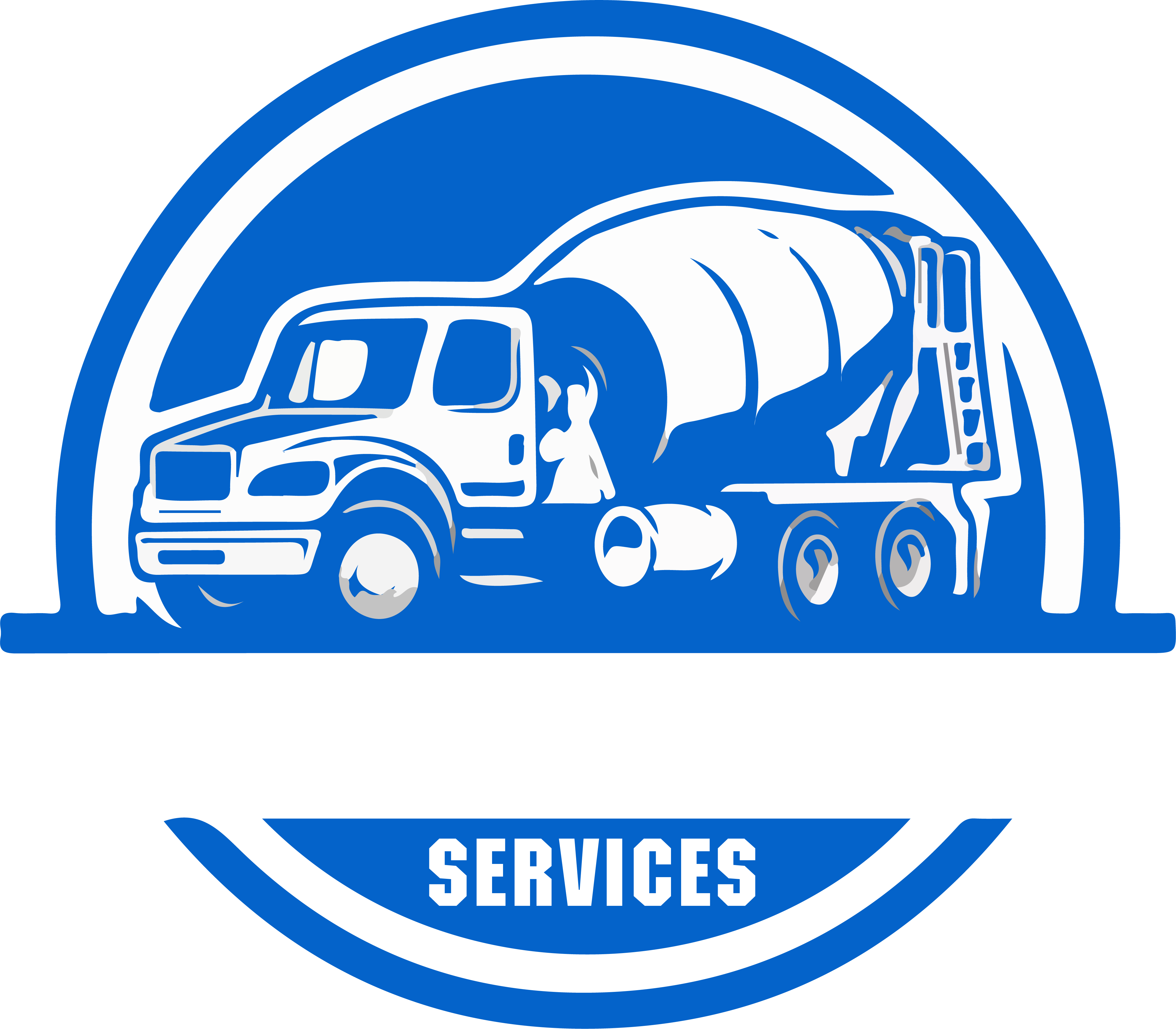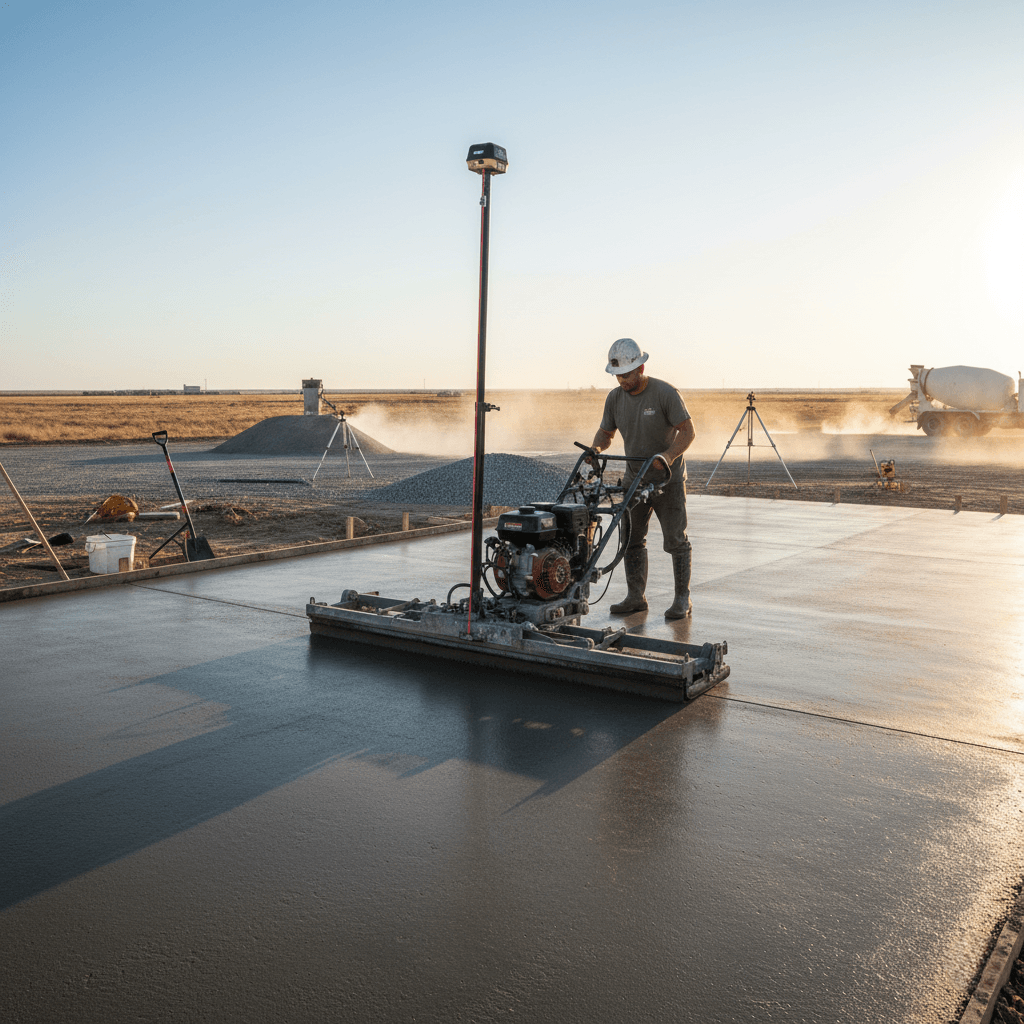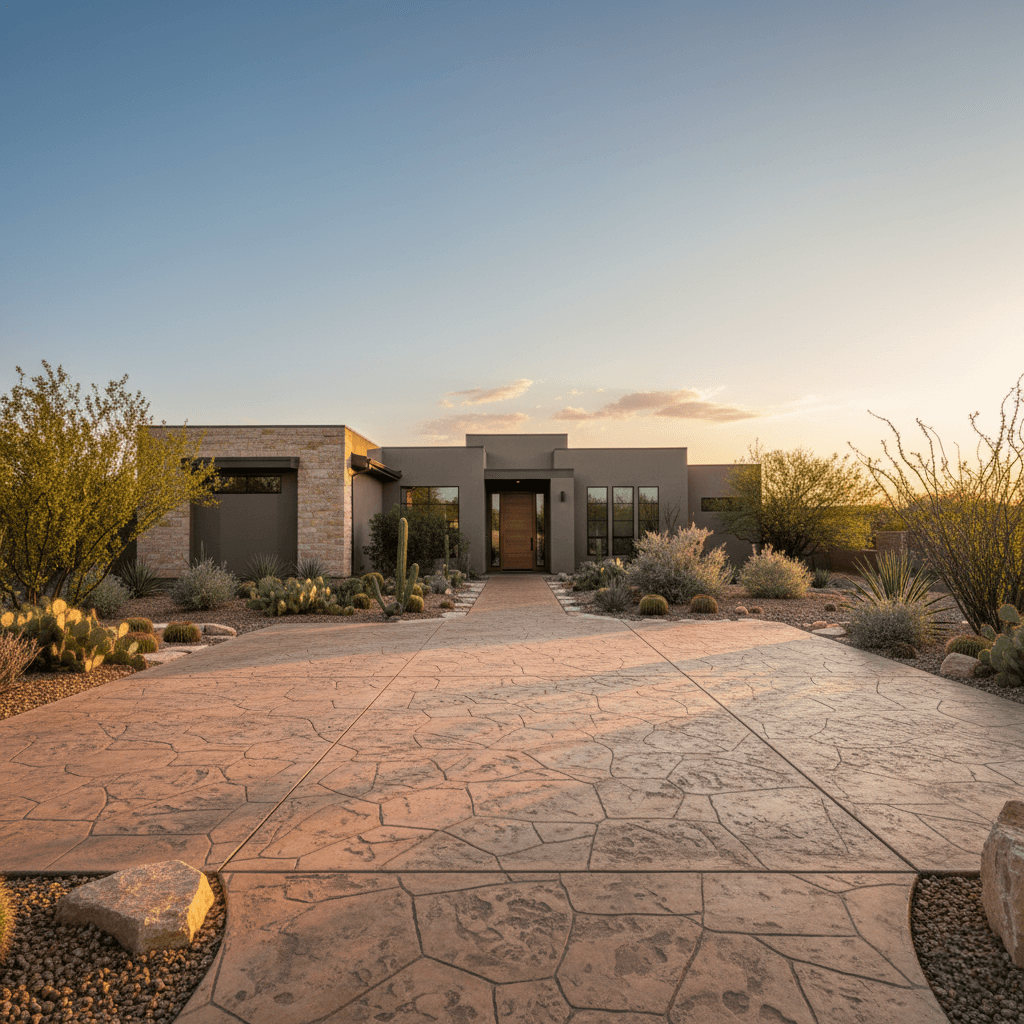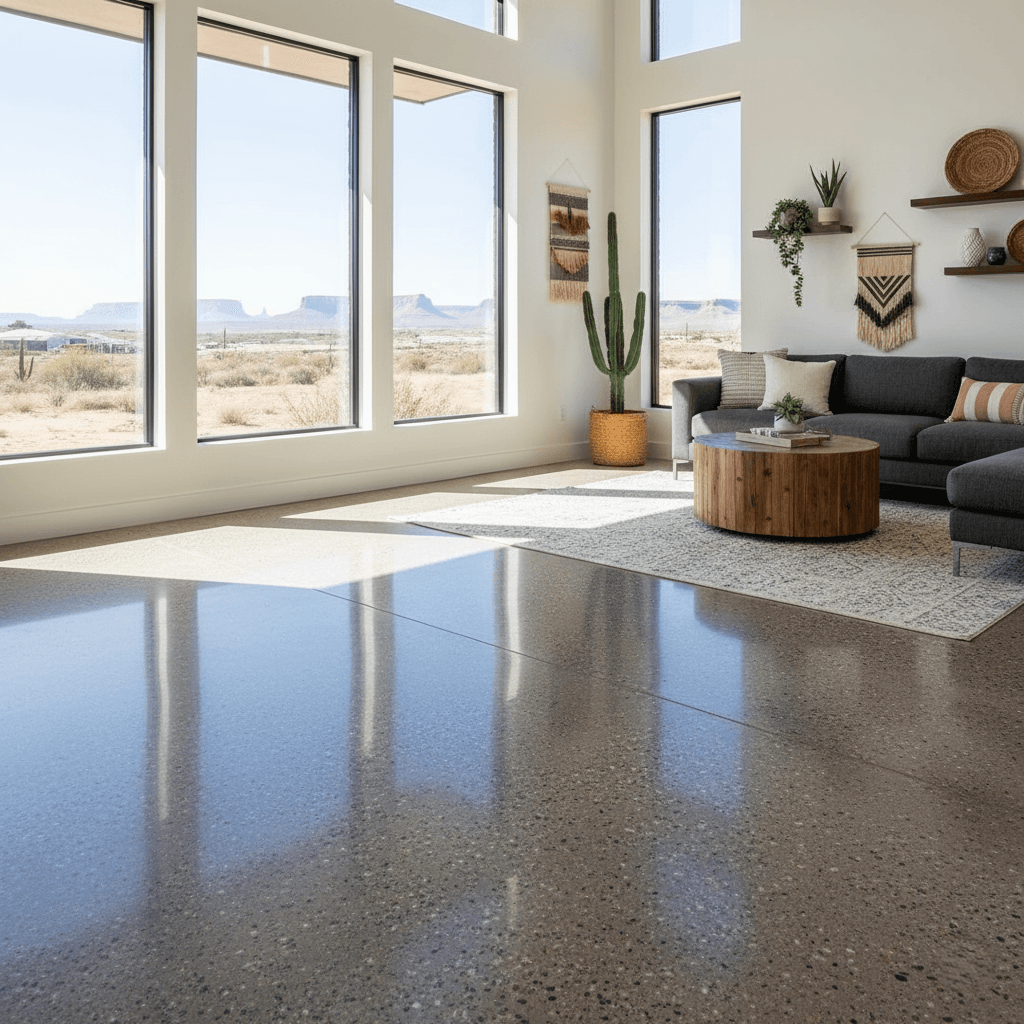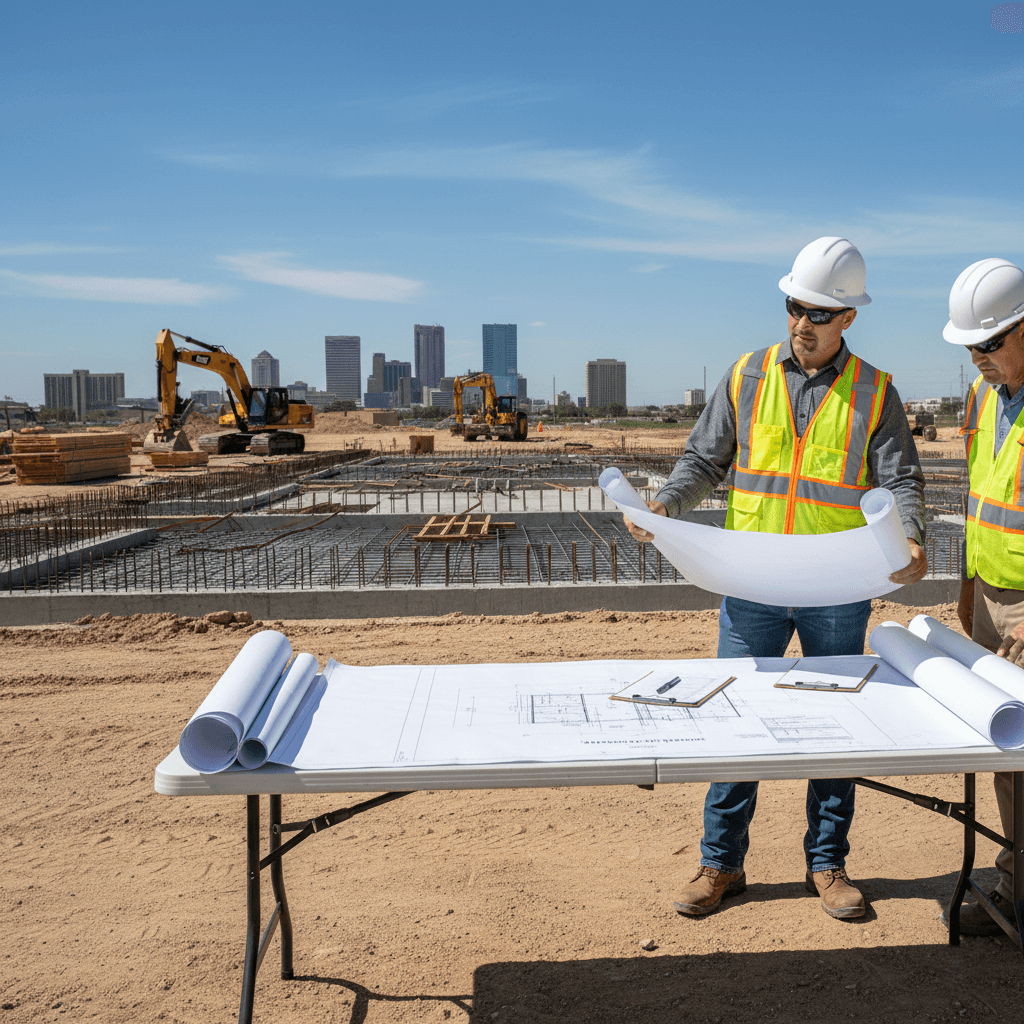
How to Spot Concrete Retaining Wall Failures in Midland
Concrete Retaining Wall Midland
Identifying early warning signs of concrete retaining wall failures protects your Midland property from costly damage and potential safety hazards. West Texas soil conditions and weather patterns create unique challenges for retaining walls that require vigilant monitoring and prompt attention when problems arise. We at Midland Concrete Services help homeowners recognize these critical warning signs before minor issues become major structural failures. Professional evaluation becomes essential when walls show signs of distress, as temporary fixes often mask underlying problems that worsen over time. Understanding what to look for empowers property owners to take proactive measures that preserve both safety and property values throughout the Permian Basin region.
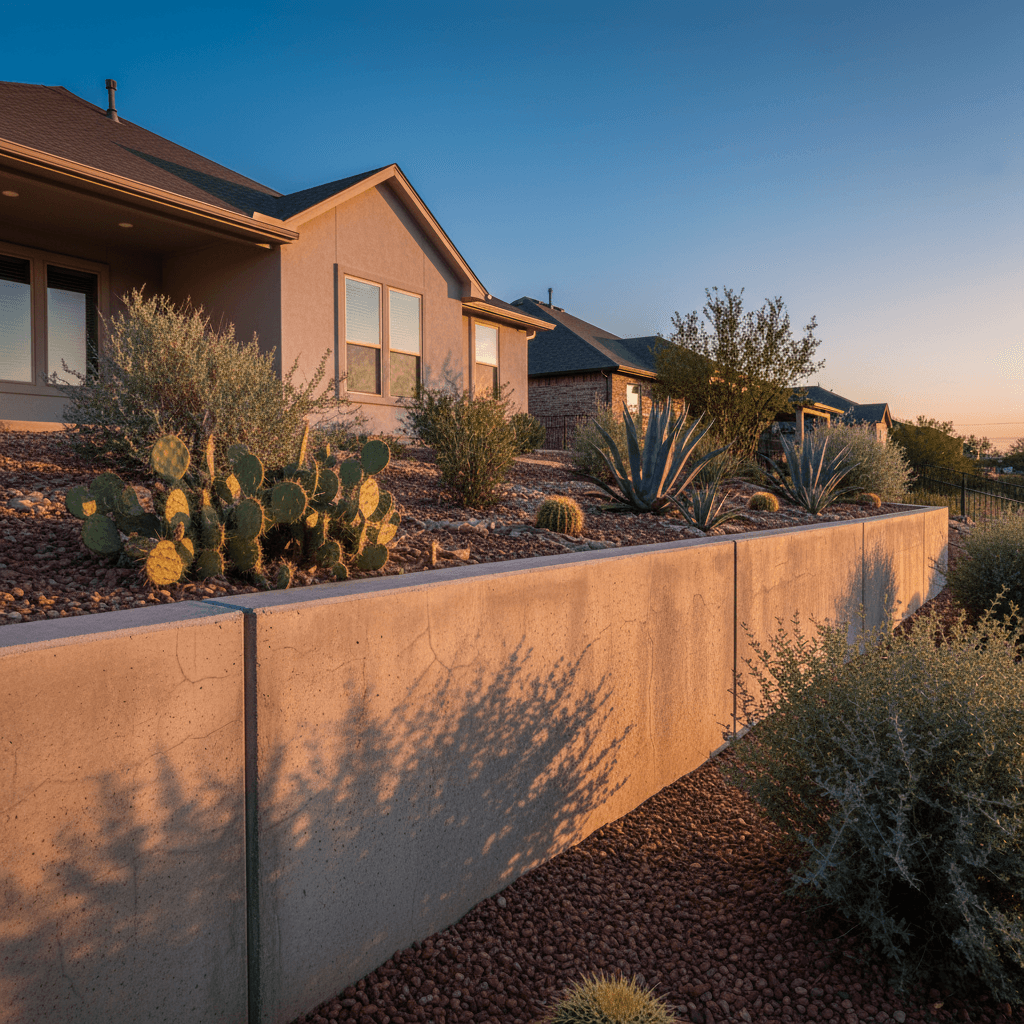
Recognizing Structural Movement Warning Signs
Leaning, tilting, or bowing represents the most obvious indication that your concrete retaining wall is experiencing structural failure. These movements typically occur gradually over months or years as soil pressure exceeds the wall’s design capacity or foundational support deteriorates. Visual inspection from multiple angles helps detect even subtle changes in wall alignment that may not be immediately obvious from a single viewpoint. Measuring the wall’s position relative to fixed reference points like nearby structures or property lines provides objective documentation of any movement over time.
Types of Structural Movement
Outward tilting indicates excessive lateral soil pressure or inadequate foundational support, often accompanied by visible gaps between the wall and retained soil. Inward leaning suggests foundation settlement or undermining at the base of the wall structure. Bulging at specific wall sections points to localized pressure points or weakened concrete in those areas. Horizontal displacement, where the entire wall shifts laterally, signals severe foundational problems requiring immediate professional attention.
Crack Pattern Analysis and Significance
Different crack patterns in concrete retaining walls reveal specific underlying problems that require targeted repair approaches. Horizontal cracks typically indicate excessive lateral pressure from soil or water buildup behind the wall. Vertical cracks often result from foundation settlement or thermal expansion and contraction cycles common in West Texas climate conditions. Diagonal or stair-step cracking suggests uneven settlement or structural movement affecting wall stability.
Critical Crack Characteristics
Crack width measurements help determine severity levels, with hairline cracks under 1/8 inch being less concerning than wider gaps exceeding 1/4 inch. Progressive crack growth over time indicates ongoing structural problems that require intervention to prevent further deterioration. Multiple crack patterns appearing simultaneously suggest systemic wall failure rather than isolated incidents. Water infiltration through cracks accelerates concrete degradation and should be addressed immediately to prevent additional damage.
Drainage System Failure Indicators
Proper drainage behind concrete retaining walls prevents water buildup that increases soil pressure and wall loading beyond design limits. Water staining on wall surfaces indicates inadequate drainage systems or blocked weep holes that prevent moisture escape. Pooling water at the wall base suggests drainage problems that can undermine foundation stability over time. Efflorescence or white mineral deposits on concrete surfaces reveal water migration through the wall structure.
Midland Climate Considerations
West Texas weather patterns, including intense summer heat, occasional heavy rainfall, and freeze-thaw cycles, stress retaining wall drainage systems throughout the year. Clay soils common around areas near Scharbauer Sports Complex and Big Sky Drive-In expand significantly when wet, creating additional pressure on wall structures. Proper drainage design accounts for both typical conditions and extreme weather events that occur in the Permian Basin region. Regular maintenance of drainage components prevents small problems from becoming major structural issues.
Foundation and Base Problems
Foundation issues manifest as visible settlement, undermining, or erosion around the wall base that compromises structural integrity. Soil erosion beneath the wall creates voids that reduce support and allow further settlement or tilting to occur. Exposed footing sections indicate severe erosion problems that require immediate attention to prevent wall collapse. Vegetation growth near the wall base can indicate moisture problems or soil disturbance affecting foundation stability.
Soil-Related Failure Modes
Expansive clay soils throughout Midland create challenging conditions for retaining wall foundations due to significant volume changes with moisture content variations. Poor soil compaction during initial construction leads to gradual settlement that affects wall alignment and structural integrity. Inadequate bearing capacity analysis results in foundation designs unsuitable for local soil conditions and loading requirements. Chemical soil stabilization may be necessary in areas with particularly problematic soil conditions near landmarks like Momentum Bank Ballpark.
Surface Deterioration and Material Issues
Concrete surface deterioration, including spalling, scaling, or crumbling, indicates material degradation that reduces structural capacity over time. Exposed reinforcement bars signal advanced concrete deterioration that requires prompt repair to prevent further degradation. Discoloration patterns on wall surfaces often indicate chemical reactions, water damage, or material compatibility issues. Surface texture changes or roughening may indicate aggregate degradation or chemical attack affecting concrete integrity.
Environmental Damage Factors
Freeze-thaw cycles during occasional winter weather events create internal concrete stresses that lead to cracking and spalling over time. Chemical exposure from irrigation water, fertilizers, or industrial sources can degrade concrete and accelerate deterioration processes. UV exposure from intense West Texas sunlight affects surface concrete and any protective coatings applied to wall structures. Salt intrusion from road deicing or natural sources creates corrosion problems for reinforcement steel within concrete walls.
Landscaping and Surrounding Area Changes
Changes in surrounding landscape conditions often indicate or contribute to retaining wall problems requiring attention. Soil settlement or heaving adjacent to the wall suggests foundation movement or drainage issues affecting wall stability. Dead or stressed vegetation near the wall may indicate drainage problems, chemical leaching, or root damage to wall structures. Pavement cracking or settlement in nearby driveways, walkways, or patios often correlates with retaining wall foundation problems.
Warning Signs in Adjacent Structures
Nearby building foundation issues may share common causes with retaining wall problems, including soil conditions or drainage deficiencies. Fence posts leaning or becoming unstable near retaining walls often indicate soil movement or undermining affecting the broader area. Utility line damage or settlement can both cause and result from retaining wall foundation problems. Property grading changes that affect water flow patterns can create new pressures on existing retaining wall systems.
Safety Hazards and Risk Assessment
Failed retaining walls pose significant safety risks, including sudden collapse that can cause injury or property damage. Loose concrete pieces or debris falling from deteriorating walls create hazards for people and property in the immediate area. Unstable soil conditions behind failing walls can lead to landslides or sudden soil movement during heavy rainfall events. Compromised wall integrity affects adjacent structures and landscaping features throughout your property.
Emergency Indicators
Large cracks exceeding one inch in width indicate imminent wall failure requiring immediate professional evaluation and potential evacuation of affected areas. Sudden changes in wall position or alignment suggest rapid failure progression that demands emergency response. Water infiltration during rainfall events indicates compromised wall integrity that can accelerate failure processes. Soil movement or sliding behind walls during or after storms represents emergency conditions requiring immediate attention.
Professional Evaluation and Documentation
Professional structural evaluation provides an accurate assessment of wall condition and appropriate repair recommendations based on specific failure modes observed. Photographic documentation of wall conditions helps track changes over time and supports insurance claims or warranty issues if applicable. Detailed measurements and sketches create baseline information for monitoring wall performance and planning necessary repairs. Soil testing and analysis may be necessary to understand the underlying causes of wall failure and design appropriate solutions.
Monitoring and Maintenance Programs
Regular inspection schedules help identify problems early when repairs are less extensive and more cost-effective than emergency interventions. Maintenance programs, including drainage cleaning, crack sealing, and vegetation management, prevent minor issues from becoming major problems. Documentation systems track wall performance over time and help identify patterns or trends that inform maintenance decisions. Professional monitoring services provide ongoing assessment and early warning of developing problems.
Early detection of retaining wall problems protects your investment and ensures safety for your family and neighbors throughout the growing Midland community. At Midland Concrete Services, we provide comprehensive evaluation and repair services that address both immediate safety concerns and long-term structural integrity needs for concrete retaining walls throughout West Texas.
